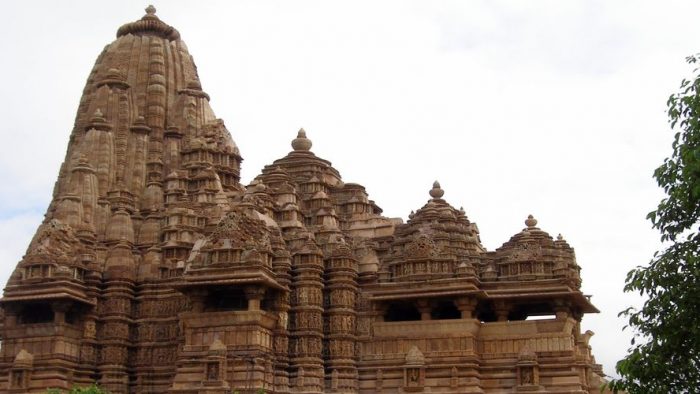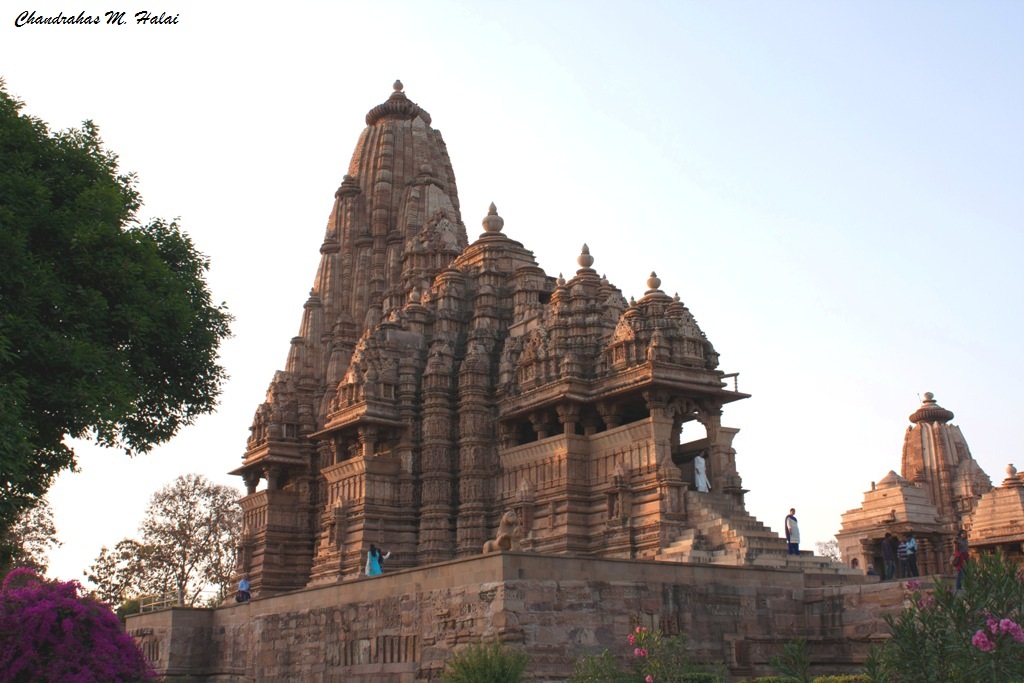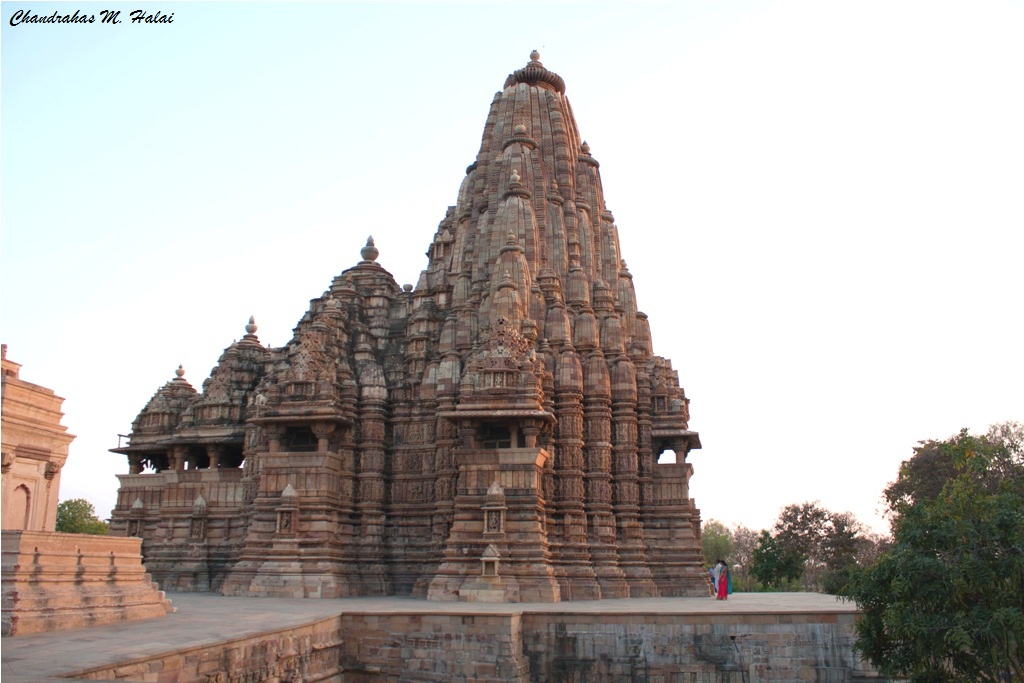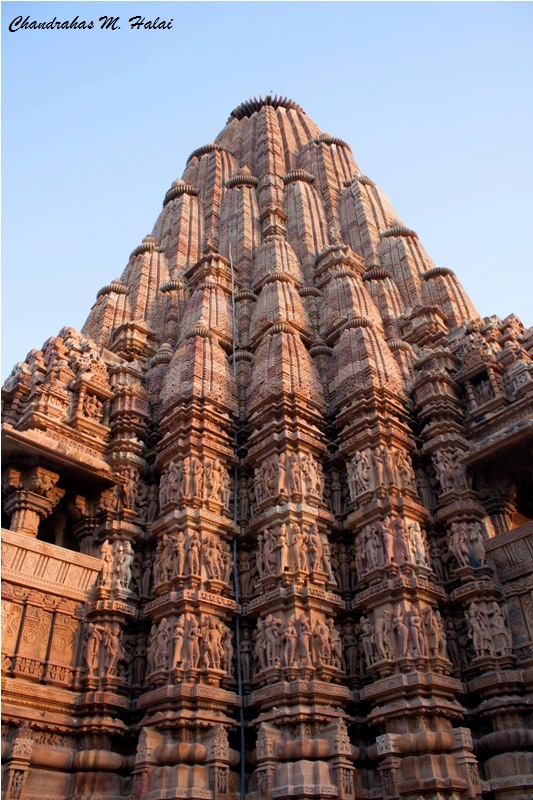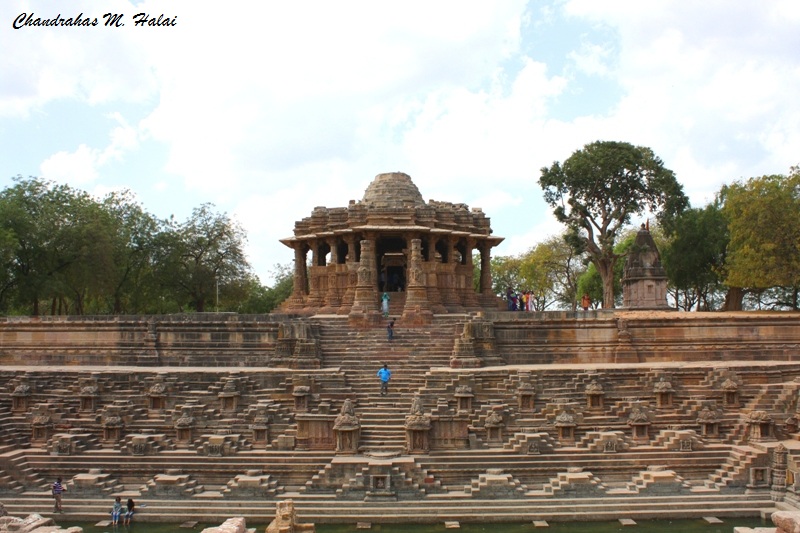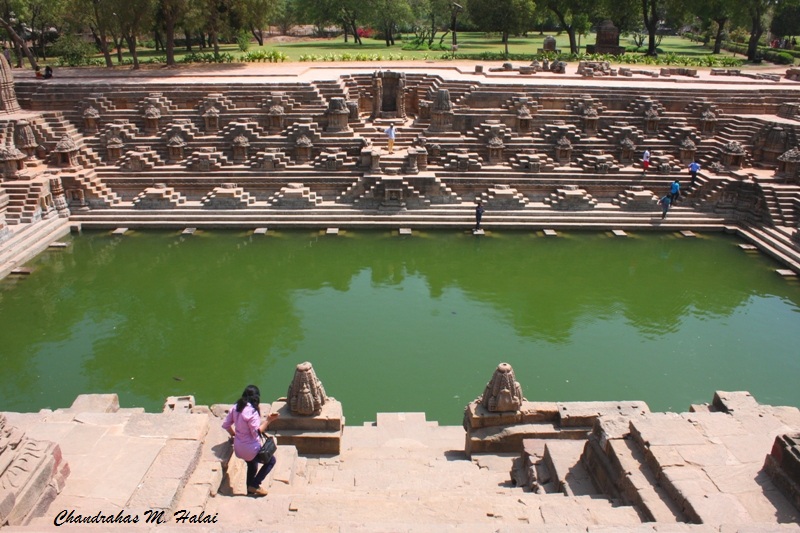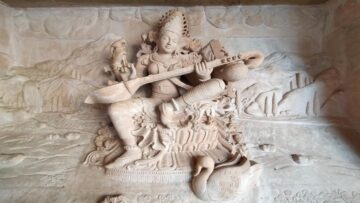A hologram is produced on a high-resolution photographic plate by using monochromatic (single colour) laser and optics (beam splitter) too without using any camera. A three-dimensional holographic image of the same is then projected using the film and monochromatic laser. Now, even if we cut that photographic film into four pieces, we can still project the same 3D image using any of the four pieces. We can cut any of these four pieces into smaller pieces and still project the same 3D image using any of the smaller pieces of the film. Here, each fragment contains information of the whole. The Greek origin word, holo is a combining form meaning “whole”, “entire”. A hologram actually stores the interference pattern of the laser light reflected from the object. Why I am describing holography here will soon become clear.
ॐ पूर्णमदः पूर्णमिदं पूर्णात्पुर्णमुदच्यते
पूर्णस्य पूर्णमादाय पूर्णमेवावशिष्यते ॥
ॐ शान्तिः शान्तिः शान्तिः ॥
Supreme Being (Parmatma) is complete. It doesn’t depend on any external agency for anything. Our Atman is a fragment of this infinite Supreme Being; hence our Atman is also complete and has the same characteristics as those of Parmatma. Our Atman is a replica of the Parmatma. The Supreme Being is infinite (अनंत). Hence, when a small fragment is taken out of it, it still remains complete.
This Purnam Shanti mantra (पूर्णं शान्ति मंत्र) is from Isha Upanishad and is one of the main beliefs of the Sanatana dharma.
According to the ancient Hindu Sankhya school of philosophy (सांख्य दर्शनशास्त्र), the cosmos is holonomic. This means that the structure of the cosmos replicates (self-similar) itself at ever decreasing scales. Like a hologram, each fragment of the cosmos is complete in itself and contains all of the information of the whole. The entire cosmos can be visualized in a microcosmic capsule called Pinda-Brahmanda (पींड ब्रह्मांड). Now you must have realized the parallels between modern Physics and ancient Hindu philosophy.
Ancient Indian sages had laid the basic canons of art and architecture. In this they had said that all man-made objects and structures should maintain harmony with the cosmos. In accordance with this tradition Hindu temples are the symbolic representations of the models of the cosmos. A small part of the temple should be a replica (self-similar) of the whole. The Vastu shastras had laid down detailed rules and procedures for preparing the designs of the temples. In the 11th century AD, scholar king of Malwa, Raja Bhoja had written one such book called “Samrangana Sutradhara” (समरांगण सूत्रधार).
Ancient Indian Engineers (वास्तुकार) were expert geometers. They had used their skills in creating detailed layouts of the temples and in building them.
Let us undertake one activity to understand the kind of geometry utilized in preparing the layouts of the temples:
- Draw an equilateral triangle as shown.

- Join the midpoints of the sides of the equilateral triangle. This will divide the triangle into four congruent(same size) equilateral triangles. Now as shown below, remove the central triangle from this.
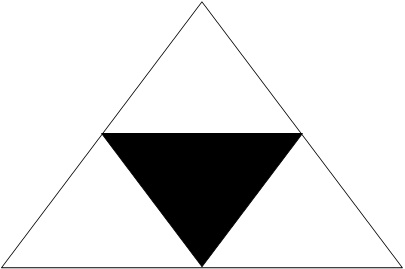
- Now divide each of these three new triangles as per the directions given in step 2 into four equilateral triangles. Then as shown below, remove their central triangles.
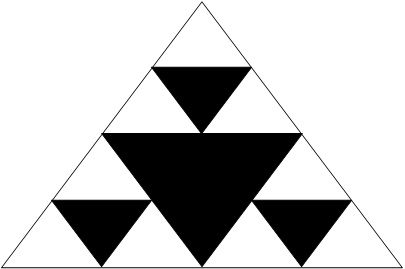
- Now, divide each of these nine new triangles into four equilateral triangles and remove their central triangles.
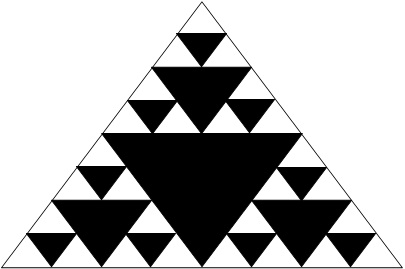
- Repeat the procedure given in step 2.
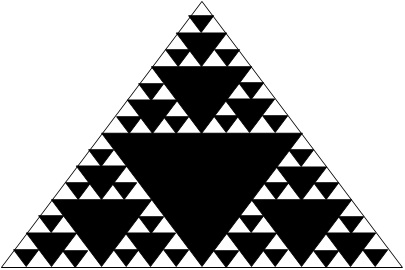
Every part of this complex figure, we just created, is a replica of the whole. This design evolves with the execution of each step. This pattern is known as the Sierspinki’s Gasket.
The geometry of self-replicating shapes is known as Fractal Geometry. Nature abounds with things having such shapes. They can be found in the clouds, coast line, river deltas, lightening, icicles, mountain ranges, ferns, cyclones and hurricanes and much more.
The word Fractal Geometry was coined by Benoit Mandelbrot. He was a polish born, French-American mathematician. While working at IBM, he completed a formal and comprehensive study of the geometry of self-similar, self-replicating shapes in the 1960s. He used computer software to create images having self-similar shapes.
In India fractal geometry has been implemented in art and architecture for the last 1700 years. Fractal geometry has been used to create detailed layouts of temples. The intricate designs of each element of the temple structure were made using fractal geometry.
The design of the shikhar (spire) of the Kandariya Mahadev temple at Khajuraho built in 11th century AD has been created using fractal geometry. Here, the main shikhar is surrounded by its smaller replicas. These small shikhars are surrounded by their still smaller replicas. This pattern is repeated at decreasing scales.
Even the stairs/step ways of the water tank of the temples were designed using fractal patterns. You can find a pattern similar to Sierpinski’s gasket in the step ways of the water tank of the Surya Mandir at Modhera in Gujarat, which was built almost a thousand years ago.
While the rest of the world has been using fractal geometry for the last 50 years, it has been used extensively in art and architecture in India for at-least 1700 years. Indian mathematics is an invaluable gift to the world.
Disclaimer: The opinions expressed in this article belong to the author. Indic Today is neither responsible nor liable for the accuracy, completeness, suitability, or validity of any information in the article.

